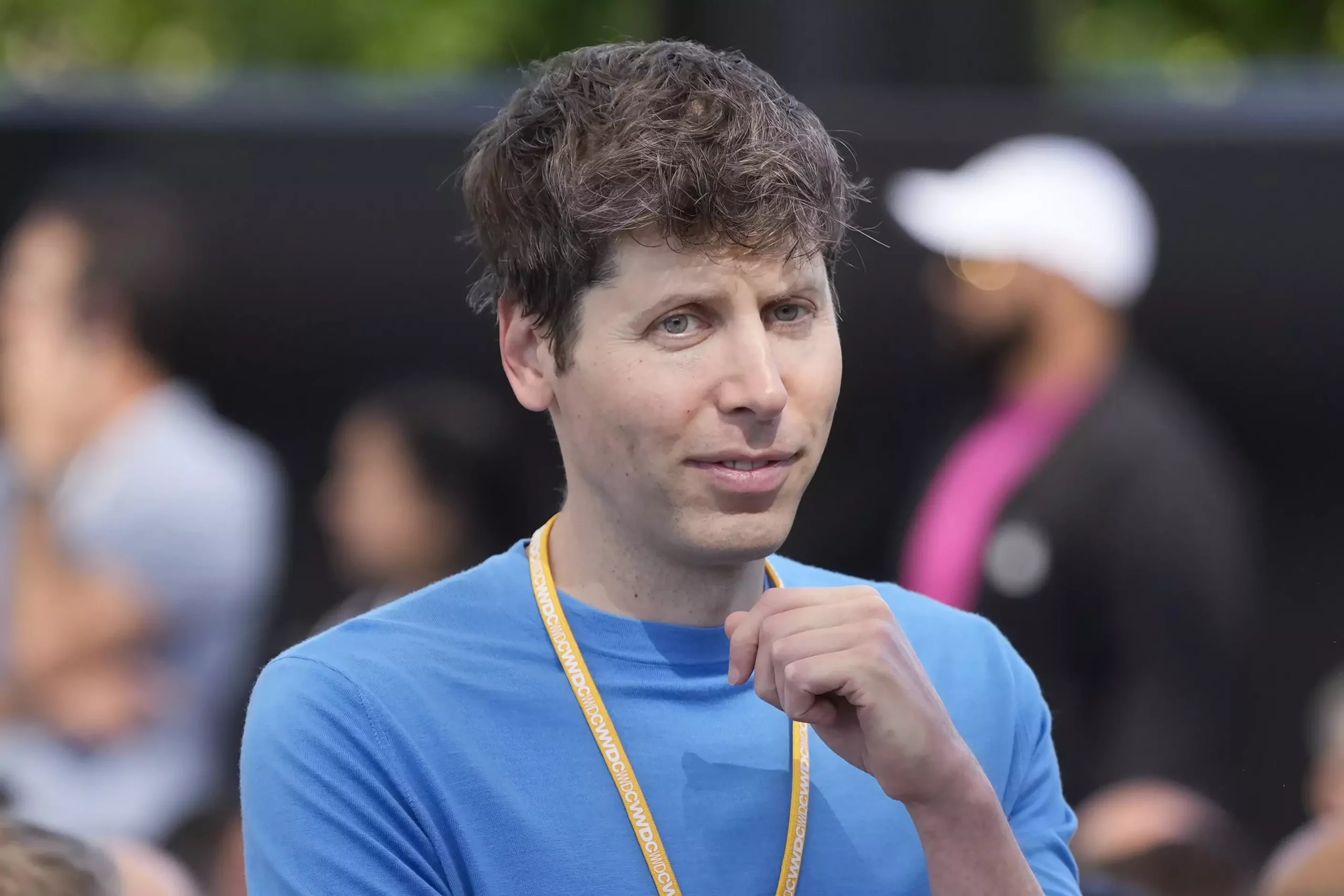In the rapidly evolving landscape of technology, OpenAI stands as a prominent case study in the challenges and contradictions that arise when a nonprofit entity ascends to heights typically associated with for-profit enterprises. Valued recently at a staggering $157 billion, OpenAI embodies the dual nature of its existence: it seeks to advance artificial intelligence (AI) for the greater good while grappling with the implications of its organizational structure. This complexity has drawn scrutiny from nonprofit tax experts, regulators, and the public, all eager to discern the integrity of OpenAI’s original mission against its current trajectory.
OpenAI was founded on the principle of developing artificial intelligence in a manner that benefits all humanity, positioning itself as a pioneer with a benevolent mission. However, as its influence and market valuation skyrocketed, concerns grew over whether the organization’s operations still align with that foundational ethos. Simplistically put, can a nonprofit thrive when its controlling interests are tied to profit-generating subsidiaries? This fundamental question resonates as observers note the potential conflicts of interest that could arise when profit and charity intermingle.
The departure and subsequent return of Sam Altman as CEO last November highlighted the precarious nature of OpenAI’s governance. The board’s unexpected decisions to remove and reinstate Altman have signaled internal strife and raised questions about the organization’s priorities. Jill Horwitz, a professor specializing in nonprofit law, emphasizes that in joint ventures between nonprofits and for-profit entities, the nonprofit’s charitable purpose must take precedence. This is a safeguard intended to protect public trust. However, as OpenAI navigates its ambitions and financial imperatives, ensuring adherence to this principle may prove challenging.
Given its organizational structure—a blend of both nonprofit and for-profit entities—OpenAI stands vulnerable to regulatory examination. The Internal Revenue Service (IRS) and various state attorneys general are likely to scrutinize OpenAI’s efforts to possibly transition into a public benefit corporation. A shift of this magnitude entails a careful, complicated process of what IRS regulations term a “conversion,” wherein assets belonging to the nonprofit may need to be appraised and compensated fairly if they are to be reassigned to the for-profit sector.
These legal frameworks exist for a reason, ensuring that the charitable aspects of a nonprofit do not become subjugated to profit-driven motives. With assets that may consist of intellectual property and developmental technologies in the realm of AI, the implications of any structural changes could be significant. OpenAI may find itself needing to justify its asset valuations and the repercussions of forfeiting control over its for-profit subsidiaries.
As the organization transitions, it has professed that its mission remains intact despite the evolving nature of its projects and operations. Official communications reflect a narrative that emphasizes continuity alongside technological advancements. However, skepticism lingers among industry leaders; both Elon Musk and Geoffrey Hinton have voiced concerns about whether the organization is straying from its foundational goal of prioritizing safety in AI development.
Hinton, a prominent figure in the field of AI, expressed disappointment over perceived shifts in OpenAI’s priorities, suggesting that profit has superseded safety in their agenda. This critiques not only OpenAI’s leadership but also the underlying motivations that drive technological innovation today. Musk’s legal entanglements with OpenAI, stemming from tensions over its direction, reveal a deep-seated apprehension about whether the drive for profit will eclipse the long-term ethical considerations that should guide AI development.
As OpenAI contemplates a prospective restructuring, the role of its nonprofit board is under intense scrutiny. Regulatory authorities will likely assess not only the outcomes of board decisions but also the processes leading to them. Transparency and adherence to the organization’s original charitable purpose will be critical in any evaluation.
Andrew Steinberg, a legal expert in nonprofit structures, underscores the complexities involved in shifting the framework of such an entity. The success of any restructuring relies heavily on evidence that decisions were made in the best interests of the nonprofit’s mission, devoid of personal gain for board members. OpenAI must navigate these legal and ethical landscapes judiciously to maintain credibility as a nonprofit entity committed to societal benefit.
OpenAI exemplifies the intricate challenges faced by organizations straddling the lines between charitable intent and financial success. The tension between ensuring social good and financial viability demands vigilance and ethical fortitude, compelling both regulators and the public to remain attuned to how OpenAI manages its dual identity in the coming years.

